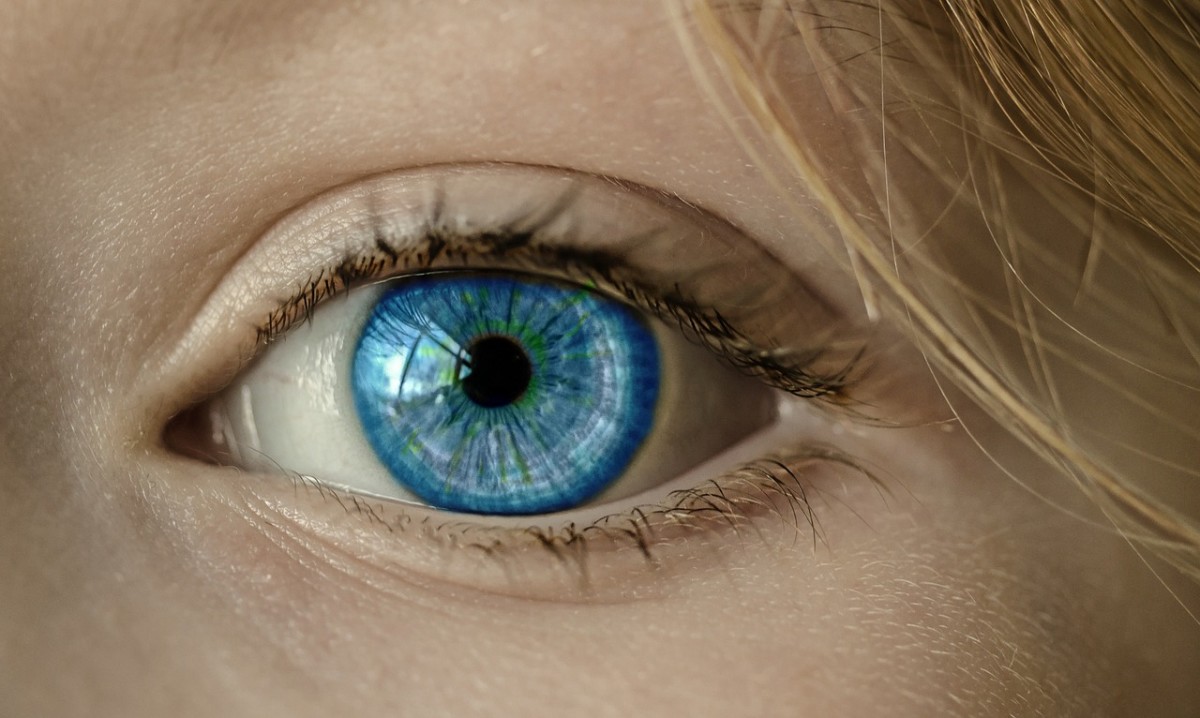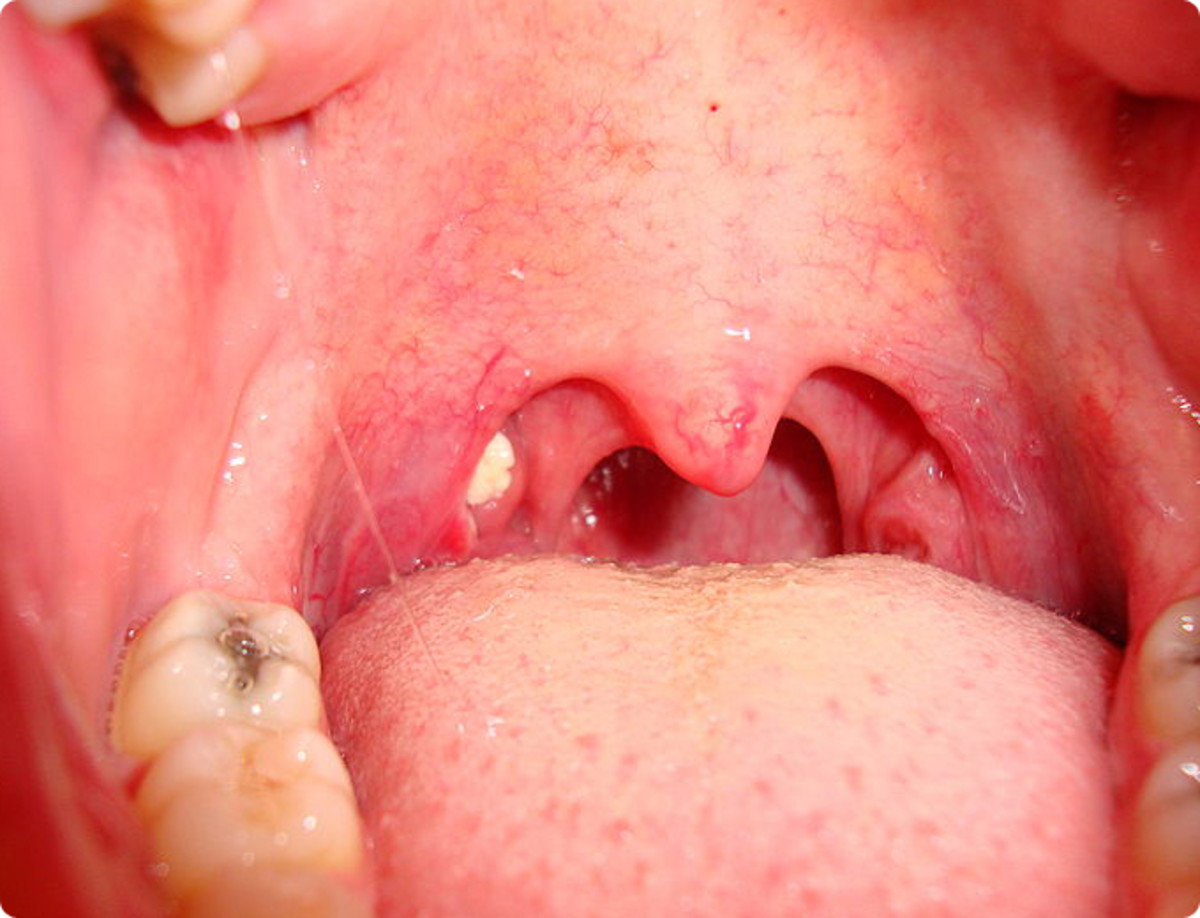What is Age-Related Macular Degeneration (AMD)?


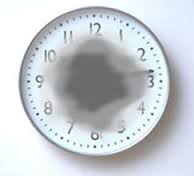
Age-related Macular Degeneration (AMD)
Age-related Macular Degeneration or (AMD) is a medical condition that usually affects older adults; it is the leading cause of vision loss in people aged 50 and older. While AMD may not cause complete blindness, it affects the part of the retina that enables clear, detailed vision, damage to this section of the eye results in a loss of central vision. The two main types of AMD are dry and wet forms.
Central Vision Loss
AMD affects the macula; this is a small part of the retina at the back of the eye, although painless, AMD is a serious condition that leads to gradual loss of central vision. We use central vision to see what is directly in front of us during activities such as reading and watching TV. As macular cells deteriorate, the ability to see clear changes. The central vision becomes increasingly blurred, the peripheral or outer vision is not affected. Symptoms may include:
-
Difficulty reading printed or written word, the text becomes blurred. Central vision remains fuzzy or develops gaps, even when glasses are worn.
-
Lose the of ability to detect small distances when driving.
- Colours may fade, becoming less vibrant.
- Bright lights can be glaring and uncomfortable.
- Dark spots like a smudge on glasses may appear in the center of vision
-
Recognising faces become difficult.
-
Straight lines appear wavy or crooked, i.e., lines on a piece of graft paper, the lines between tiles in a bathroom or any straight object.
-
A blind spot develops in the middle of the visual field; this becomes larger in time as the macula cells continue to deteriorate.
Objects in the central vision may change size, shape, colour or seem to move or disappear.
-
Visual hallucinations are common in people with severe visual loss. Also known as Charles Bonnet syndrome. Although frightening, this is a typical response to sight loss in some people, and not related to any form of mental disorder.
-
Symptoms in dry AMD can take 5-10 years before becoming severe, however; in wet AMD severe visual loss can develop much quicker.
Age-related macular degeneration is the most common cause of vision loss in people over the age of 50, accounting for almost 50% of individuals who are registered as blind or partially sighted. When the condition is present in one eye, there is a 60% chance that it will also develop in the other eye.
According to the Eye Disease Prevalence Research Group, approximately 1.8 million Americans age 40 and over, have advanced AMD with vision loss, over 7 million have a high risk of developing vision loss from AMD; advanced AMD is predicted to affect almost 3 million Americans by 2020.
AMD is the most common cause of severe visual impairment in the UK and the developing world. This condition does not lead to complete blindness, but the visual loss can occur within months or over many years, according to the type and severity of the condition.
Of the two types of AMD; wet AMD is the most severe, but it is also more treatable. The visual loss caused by this disease cannot be reversed. However; new drugs are emerging that may help to stop or delay the progression.
Dry Age-related Macular Degeneration
Dry AMD is the most common form of AMD in its early or intermediate stages. It occurs in 85% to 90% of people with the condition and can progress into the more threatening 'wet AMD' causing severe visual impairment.
With age, the layer of tissue that covers the retina can start to break down, becoming thinner to the point where the retina can no longer exchange nutrients and waste products as well as it once did. Waste products begin to build up in the retina to form small deposits known as drusens.
The build-up of drusens in addition to the lack of nutrients, causes the light cells in the macula to become damaged to an extent where it loses the ability to work efficiently. As dry AMD progresses, a blurred spot in the central vision known as geographic atrophy is seen. Central vision in the affected eye is lost slowly as less of the macula works.
Wet Age-Related Macular Degeneration
Wet AMD, also known as neovascular or exudative AMD, is characterized by the formation of tiny abnormal blood vessels that grows under the macula. The development of new blood vessels is thought to be an attempt by the body to remove waste product from the retina. Unfortunately; these vessels can cause more problems than they solve. The misplaced vessels can leak blood and fluid into the eye causing scarring and damage to the macula, giving rise to the most severe symptoms of wet AMD, occurring in around 1 in 10 cases.
Causes and Risk factors of AMD
It is not clear what causes the macula to become damaged, but some known risk factors include:
Age, the older we get, the higher the danger of developing some degree of AMD. In most cases, the condition starts to develop around the age of 55 then rises sharply. In people age 85 and over it is estimated that 1 in 8 has the condition.
Smoking tobacco is a significant risk for AMD; smokers are 2-3 times more likely to develop the condition when compared to non-smokers.
Family history, AMD is known to be familial; the genes we inherit from our parents may increase the risk of developing the condition. If a sibling has AMD, the risk of developing the condition is said to increased five-fold.
Ethnicity, Studies show a higher incidence of AMD in white and Chinese people but lower in individuals of African origins.
Some possible risk factors
Alcohol, drinking more than four units of alcohol a day over many years may increase the risk of early AMD.
Sunlight, exposure to excessive sunlight over a lifetime, may increase the risk of getting AMD, this is yet to be proven, but studies suggest that UVA and UVB rays can damage the retina.
Obesity, some studies show that being obese, having a body mass index or BMI of 30 or more can double the chance of developing AMD.
Diet, studies have supported the possibility that an increased intake of antioxidants, specifically carotenoids, can reduce the risk of advanced AMD. Individuals who consume the highest levels of carotenoids had a statistically significant 43% lower risk of AMD compared to those who consumed the lowest levels. (JAMA. 1994).
The beneficial effects of antioxidants were strongest for the intake of spinach or collard greens among all the carotenoid-rich foods consumed. However, although there is evidence that vitamins A, C, E, and zinc may help to slow down the progression in people who already have the condition, the experts have yet to agree on the degree of risk diet presents.
High cholesterol level, research shows, high cholesterol levels can affect the immune system to cause AMD. Test on mice and human show that immune cells become destructive when clogged with fats. This types of studies are still in the early stages.
A US team of researchers based at the National Eye Institute (NIH), performed studies referred to as Related Eye Disease Study (AREDS) to ascertain whether nutritional supplements can help slow down the development of AMD. The trial followed about 3,600 people diagnosed with AMD at different stages of severity, many with early AMD. The study concluded, those participants with early AMD who took a daily AREDS formula consisting of:
- 500mg Vitamin C
- 400 I.U of Vitamin E
- 15mg of beta-carotene
- 80mg zinc and zinc oxide
- 2mg of copper as cupric oxide (high levels of zinc can reduce the amount of copper in the body) were 25-30 percent less likely to develop advanced AMD over a five-year period. There was a 19 percent reduction in the risk of developing central vision loss. A second study shows that when lutein and zeaxanthin replaced beta-carotene in the original formula, the risk of developing advanced AMD is decreased by a further 10 percent.
For individuals on the trial with inadequate dietary intake of lutein and zeaxanthin, the risk increased to 20 percent. AREDS also looked at adding omega 3 fatty acid to the formula, but this did not reduce the risk of developing advanced AMD.
High blood pressure, there is some limited evidence that people with a history of hight blood pressure and coronary heart disease, may have an increased risk of developing AMD, however, the results are said to be inconclusive.
AREDS Research Based Formula, Lutein and Zeaxanthin replaced Beta-Carotene to Reduce Risk of AMD by a Further 10%
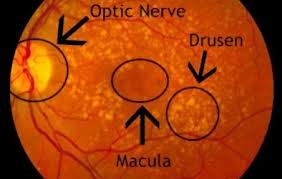
Read More health Articles By Tobusiness
- Diverticulitis and Diverticular disease,
- How to Stay Fit and Healthy and Hold Back The Years
- Alcoholic Liver Disease
- Stress: Signs and Symptoms
- What is Type ii Diabetes Mellitus (NIDDM)
- Osteoarthritis and Omega-3 Fatty Acids
- What is Kidney Failure
- Irritable Bowel Syndrome
- What is Chronic Obstructive Pulmonary Disease
- For Younger Skin ( Part 1)
- Younger Skin (2)
- Nutritional and Health Benefits of Tropical Fruits; Tamarind and Papaya
- Bariatric, or Weight Loss Bypass Surgery
- Nail Fungal Infection
- Urinary Tract Infection (UTI) in Adult
Detecting and Treating AMD
AMD usually starts without symptoms in the early and intermediate stages. The condition is detection only with a comprehensive dilated eye examination which may include:
- A visual acuity test, eye chart measuring vision at a distance.
- Dilated eye exam, drops are placed in the eye which dilates the pupil to allow a better view of the back of the eye. The retina and optic nerve can then be examined for signs of AMD and other eye conditions with the use of a magnifying lens.
- Amsler grid, changes in the central vision may cause the lines in the grid to disappear or appear wavy; this is a sign of AMD.
- Fluorescein angiogram, for this test; a dye is injected into the vein and images are taken as the dye passes through the blood vessels in the eye to detect leaking blood vessels.
- Telescopic lens implant, This is a surgical option for selected people with advanced AMD in both eyes. A telescopic lens which looks like a tiny plastic tube is equipped with lenses that magnify the field of vision is implanted into one eye to improve distance and close up vision.
Treatment for wet AMD
Anti-VEGF injection, VEGF, short for Vascular Endothelial Growth Factor, is a substance normally produced in the body for the development of healthy blood vessels. In wet AMD; an excessive amount of VEGF is produced in the eye, causing the growth of abnormal and unhealthy blood vessels. Anti- VEGF is injected into the eye to block and slow down the progression of wet AMD. Most people require around 6 to 8 injections a year.
Photodynamic therapy, this involves treatment with lasers to selected areas of the retina. Drugs are injected into a vein in the arm and carried through the body including any abnormal vessels. A laser beam is then shone into the eye to activate the drug within the vessels to destroy the new abnormal blood vessels, and thereby slow the rate of vision loss.
Laser Surgery, this treatment is less common but is sometimes used to treat wet AMD. It involves aiming an intense beam of light at the new blood vessels in the eyes to destroy them. Laser treatment can also damage some of the surrounding healthy tissue which can cause more blurred vision.
Diet for healthy eyes, It is known that by including a variety of colourful fruits and vegetables to our diet, we are getting valuable antioxidant vitamins that can contribute to maintaining healthy eyes. Kale, spinach, peas, broccoli, are high in antioxidants such as lutein and zeaxanthin and may also benefit people who are suffering from AMD. Diet should include healthy fats and whole grains. Fish such as salmon, sardines, and tuna contain omega-3 fatty acids that may help to reduce the risk of vision loss in AMD.
Always discuss your condition with your doctor or health care provider. This article gives an overview of the disease and is not meant to replace medical advice. There are other treatment options available for AMD. Unfortunately, some can only be accessed through the private sector and are not yet available through the NHS.
Doctors and health care professionals are ideally placed to give Information about new and existing treatment for AMD.
Detecing AMD, Can you Spot the Problem?
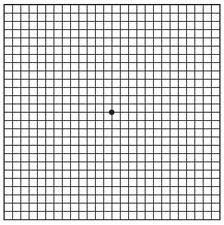
This is what an Amsler grid might look like to someone with AMD
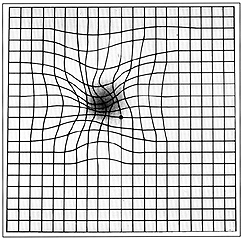
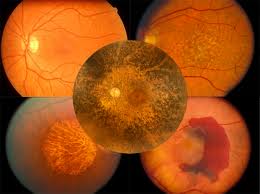
Are you 50 years of age or over, if so, how often do you have your eyes checked for AMD?
© 2013 Jo Alexis-Hagues




